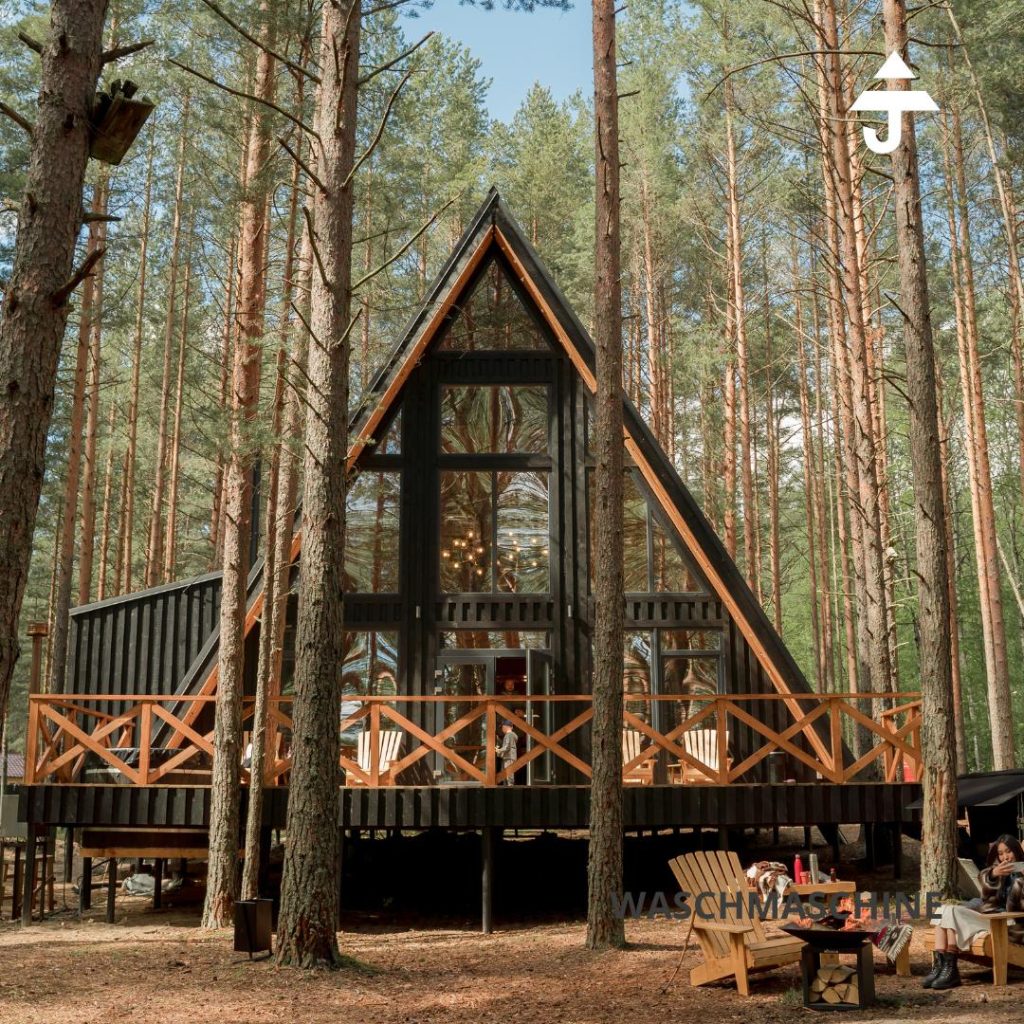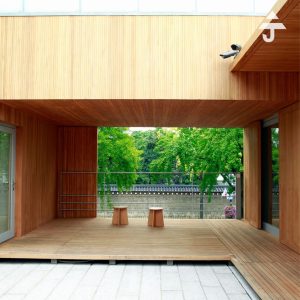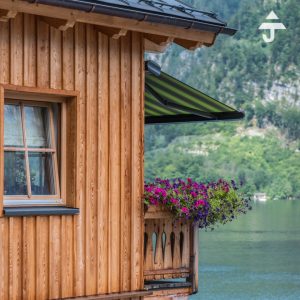Building as part of the climate solution: Part 1 "How to plan climate-friendly?"

Time is running out. After the hottest year in recorded history in Austria, Europe and around the world, January has once again broken temperature records. Climate change is rolling.
Climate-neutral construction? How is that supposed to be possible, please?
A whopping 38% of global CO2 emissions come from the construction and operation of buildings, including in Germany and Austria. This is precisely why we need to take big steps: The construction industry should and can change from Saul to Paul: It should go from being a CO2 source to a CO2 sink.
Climate solutions in construction
That is the goal - regardless of whether we build with concrete, brick, wood or straw. On the hunt for climate solutions in construction, I visited Bernhard Pointinger and Niklas Ruprechter in Grieskirchen. The trained carpenter and the well-traveled architect have dedicated themselves to timber construction in Upper Austria. Their noble goal is low-CO2 "green buildings".
Wood as a building material
With wood as a building material, they naturally have an advantage, as wood stores carbon (which was previously bound in the air as CO2). But wood alone is not enough. You have to think further. That became clear to me in Grieskirchen.
For Bernhard and Niklas, low-CO2 building and living starts with asking the right questions at the planning stage:
✅ What do residents need today and what will they need in the future?
✅ What resources can I use locally?
✅ How do I deal with the hotter summers?
✅ How do I seal as little area as possible?
The two of them showed me their concrete solutions based on two of their projects: Densely built residential buildings and a "climate house" by a pond. Impressive, but fortunately not rocket science. All it takes is brainpower and the right attitude. Copying is encouraged.
My two most important takeaways for climate-friendly building for now:
⑴ Plan for as many generations as possible and
⑵ Seal as little as possible
Thanks to the Pointinger company for the paid partnership.
Click here to go to Andreas Jäger's YouTube channel: YouTube






